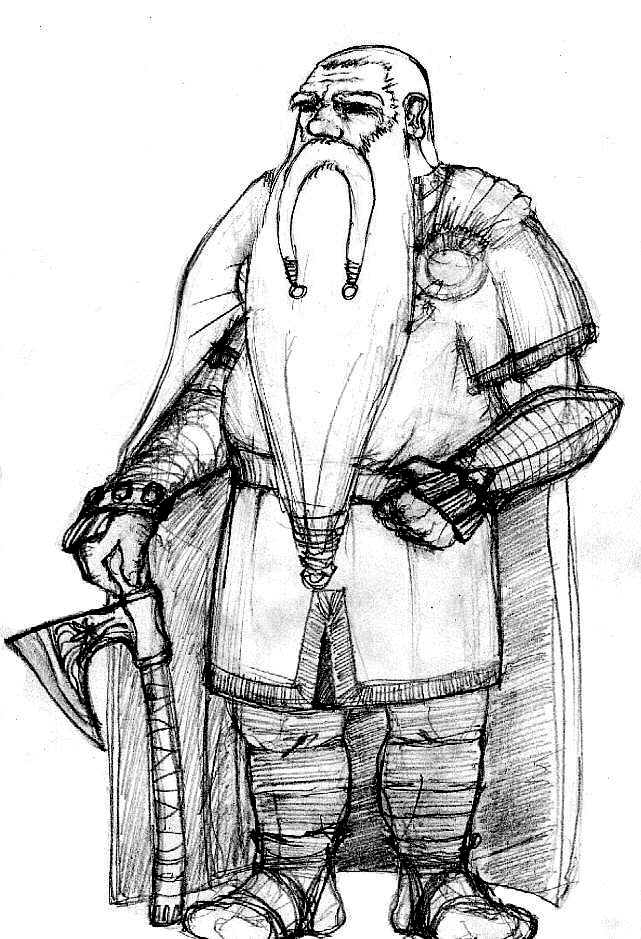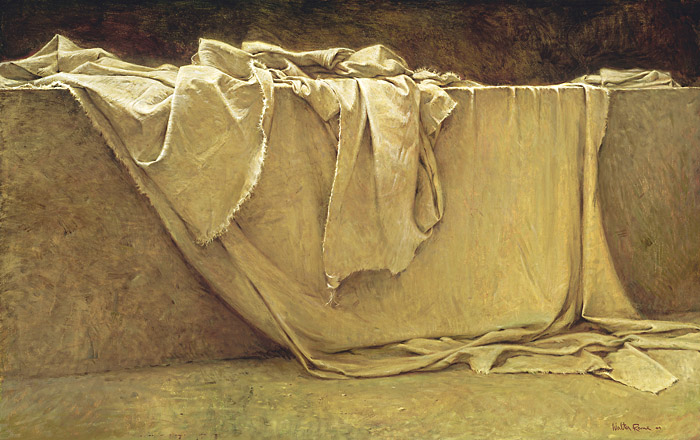Rather than start the next session with a party split three-ways (and less on-camera time for everyone) I tried something new:
FLASHBACK
DM: "You escaped from the goblins and the party has reassembled, but those who were captured went through such a terrible ordeal that they still suffer flashbacks.
At any time this session you might suffer a flashback. You then have to narrate a brief scene from the grisly story about your character's harrowing escape, or suffer disadvantage on your next die-roll.
Oh, and if you story is completely lame you'll still suffer disadvantage."
 I don't know which OSR guru I was channeling when I came up with this, but I really like it! The players get narrative control as well as choices, and we can come back to the flashback story line as often as we want. It's a cool way to change pace mid-scene too.
I don't know which OSR guru I was channeling when I came up with this, but I really like it! The players get narrative control as well as choices, and we can come back to the flashback story line as often as we want. It's a cool way to change pace mid-scene too.
For example, as a result of a couple flashbacks, we learned that to escape from the goblins, the (wooden) halfling had to crawl inside the overlooked carcass of a deer to hide, before struggling free in some hideous parody of birth, only to tumble down a slope headfirst in the dark and into the frigid grip of a nearby stream ... not a bad bit of extemporaneous narration for a middle schooler!
THE OWLBEAR TRACKER
1. the adventuring group recruits replacement members
2. they trek out to Thundertree or the Cragmaw hideout
3. they fight an inconclusive combat
4. they retreat back to Phandalin and promptly gets chased out of town by the Redbrands

Fear of casualties and a tactical indecisiveness combine to keep the characters (usually 5-7 per session) from ever striking a decisive blow against their enemies.
For example, in a recent affray with some hobgoblins, two characters fought, one surrendered, and two mainly just watched things unfold rather than commit to a particular plan or side!
Too I've noticed that the group has gotten into the habit of lengthy, circular debates when deciding where to next seek their fortunes.
I've instituted a fool proof solution to address this absence of leadership: "The Owlbear Tracker"
It works like this:
 DM: "As you know, the wilderness around Phandalin is prowled by an unusually large number of owlbears. Travelers who linger too long on the trail run the risk of attracting them." [sets a six-sider on the table, turned to number six]
DM: "As you know, the wilderness around Phandalin is prowled by an unusually large number of owlbears. Travelers who linger too long on the trail run the risk of attracting them." [sets a six-sider on the table, turned to number six]
Blatantly manipulative? Yes! But I'm not attempting to conceal it of course.
The Results? My band of outlaw hooligans are now reaching consensus more quickly than ever and we can get the game rolling forward to the next location and encounter.
I wonder what other narrative gimmicks I could tack on to help things move along and to foster player engagement?










